Path class#
- class laygo2.object.physical.Path(xy, layer, width, extension=0, name=None, netname=None, params=None)[source]#
Bases:
PhysicalObjectPath object class.
Example
>>> from laygo2.object.physical.Path import Path >>> path0 = Path(xy=[[0, 0], [0, 100]], width=10, extension=5, layer=['M1', 'drawing']) >>> print(path0) <laygo2.object.physical.Path object at 0x00000280D1F3CE88> name: None, class: Path, xy: [[0, 0], [0, 100]], params: None, width: 10, extension: 5, layer: ['M1', 'drawing'],
Public Data Attributes:
The physical layer information of the object, represented as a list with two elements: [name, purpose].
The net name associated with the object.
the width of the object.
The path extension from its endpoints.
The physical bounding box of the object.
Inherited from
PhysicalObjectObject name.
Physical coordinate values of the object in the form of [bottom_left, top_right].
Master ojbect for current object (for arrays and pins).
Dictionary storing the parameters associated with the object
The dictionary containing the key-value pairs of the major physical coordinates of the object, such as 'left', 'right', 'top', 'bottom', 'bottom_left', 'center', etc.
The left-center coordinate of the object.
The right-center coordinate of the object.
The top-center coordinate of the object.
The bottom-center coordinate of the object.
The center-center coordinate of the object.
The bottom-left coordinate of the object.
The bottom-right coordinate of the object.
The top-left coordinate of the object.
The top-right coordinate of the object.
The physical bounding box of the object.
Public Methods:
__init__(xy, layer, width[, extension, ...])The constructor function.
Get object information summary.
Inherited from
PhysicalObject
- __init__(xy, layer, width, extension=0, name=None, netname=None, params=None)[source]#
The constructor function.
- Parameters:
xy (numpy.ndarray) – Physical coordinate values of the object in the form of [bottom_left, top_right].
layer (list) – The physical layer information of the object, represented as a list with two elements: [name, purpose].
width (int) – The width of the object.
extension (int) – The path extension from its endpoints.
name (str) – Object name.
netname (str) – The net name associated with the object.
params (dict) – Dictionary storing the parameters associated with the object.
- Return type:
Example
>>> import laygo2 >>> path0 = laygo2.object.physical.Path(xy=[[0, 0], [0, 100]], width=10, extension=5, layer=['M1', 'drawing'], netname='net0’) >>> print(path0) <laygo2.object.physical.Path object at 0x00000280D1F3CE88> name: None, class: Path, xy: [[0, 0], [0, 100]], params: None, width: 10, extension: 5, layer: ['M1', 'drawing'], netname: net0
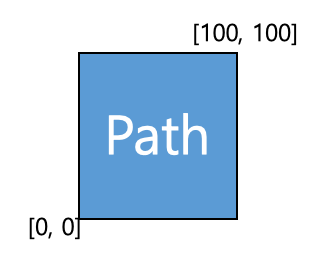
- _get_xy()#
numpy.ndarray(dtype=numpy.int): Retrive x,y coordinate values of the object.
- _set_xy(value)#
numpy.ndarray(dtype=numpy.int): Update x,y coordinates of the object.
- _update_pointers()[source]#
The internal function that updates the object’s pointers after a change in its physical coordinates.
- _xy = array([0, 0])#
The x and y coordinate values stored within.
- Type:
numpy.ndarray(dtype=numpy.int)
- property bbox#
The physical bounding box of the object.
- bottom = None#
The bottom-center coordinate of the object.
Example
>>> import laygo2 >>> obj = laygo2.object.physical.PhysicalObject(xy = [[0, 0], [200, 200]]) >>> obj.top array([100, 0])

- Type:
- bottom_left = None#
The bottom-left coordinate of the object.
Example
>>> import laygo2 >>> obj = laygo2.object.physical.PhysicalObject(xy = [[0, 0], [200, 200]]) >>> obj.bottom_left array([ 0, 0])

- Type:
- bottom_right = None#
The bottom-right coordinate of the object.
Example
>>> import laygo2 >>> obj = laygo2.object.physical.PhysicalObject(xy = [[0, 0], [200, 200]]) >>> obj.bottom_right array([200, 0])
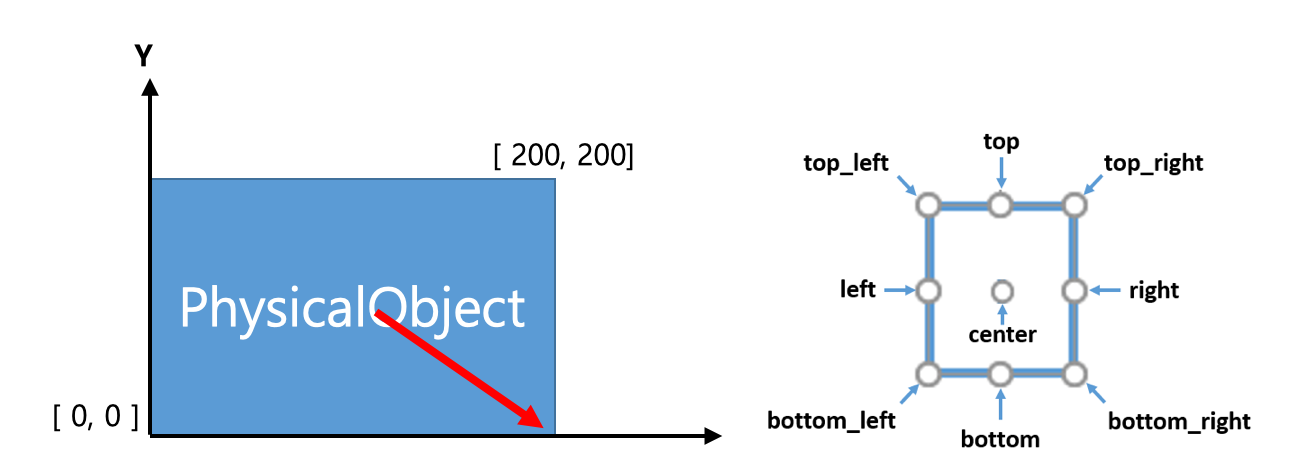
- Type:
- center = None#
The center-center coordinate of the object.
Example
>>> import laygo2 >>> obj = laygo2.object.physical.PhysicalObject(xy = [[0, 0], [200, 200]]) >>> obj.center array([100, 100])

- Type:
- extension = 0#
The path extension from its endpoints.
Example
>>> import laygo2 >>> path0 = laygo2.object.physical.Path(xy=[[0, 0], [0, 100]], width=10, extension=5, layer=['M1', 'drawing'], netname='net0’) >>> path0.extension 5
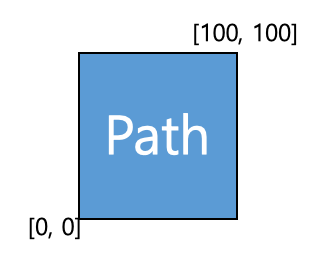
- Type:
- layer = None#
The physical layer information of the object, represented as a list with two elements: [name, purpose].
- Type:
- left = None#
The left-center coordinate of the object.
Example
>>> import laygo2 >>> obj = laygo2.object.physical.PhysicalObject(xy = [[0, 0], [200, 200]]) >>> obj.left array([ 0, 100])

- Type:
- master = None#
Master ojbect for current object (for arrays and pins).
Example
>>> import laygo2 >>> obj1 = laygo2.object.physical.PhysicalObject(xy = [[0, 0], [200, 200]], name="test1", params=None) >>> obj2 = laygo2.object.physical.Pin(xy = [[0, 0], [100, 100]], layer = ["M1", "drawing"], master=obj1) >>> obj2.master <laygo2.object.physical.PhysicalObject object at 0x00000204AAF3C7C0>
- Type:
- name = None#
Object name.
Example
>>> import laygo2 >>> obj = laygo2.object.physical.PhysicalObject(xy = [[0, 0], [200, 200]], name="test", params={'maxI': 0.005}) >>> obj.name “test”
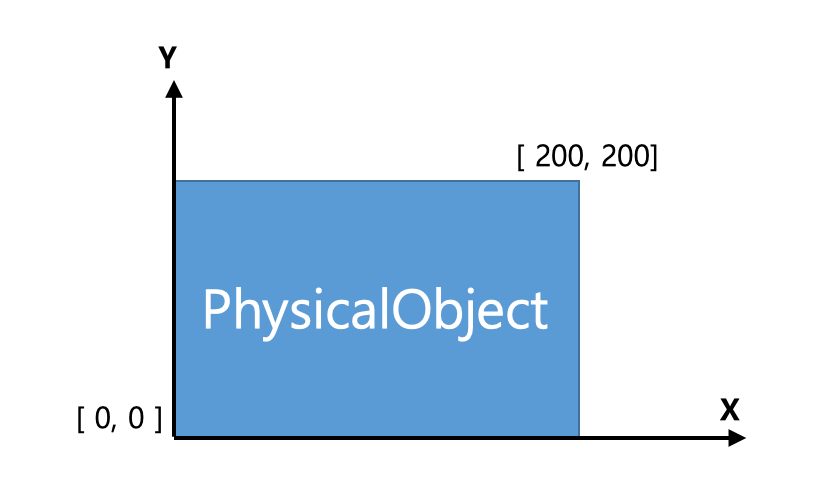
- Type:
- netname = None#
The net name associated with the object.
Example
>>> import laygo2 >>> path0 = laygo2.object.physical.Path(xy=[[0, 0], [0, 100]], width=10, extension=5, layer=['M1', 'drawing'], netname='net0’) >>> path0.netname “net0”

- Type:
- params = None#
Dictionary storing the parameters associated with the object
Example
>>> import laygo2 >>> obj = laygo2.object.physical.PhysicalObject(xy = [[0, 0], [200, 200]], name="test", params={'maxI': 0.005}) >>> obj.params {‘maxI’: 0.005 }
- Type:
- pointers = None#
The dictionary containing the key-value pairs of the major physical coordinates of the object, such as ‘left’, ‘right’, ‘top’, ‘bottom’, ‘bottom_left’, ‘center’, etc.
Example
>>> import laygo2 >>> obj = laygo2.object.physical.PhysicalObject(xy = [[0, 0], [200, 200]]) >>> obj.pointers {'left': array([0, 100]), 'right': array([200, 100]), 'bottom': array([100, 0]), 'top': array([100, 200]), 'bottom_left': array([0, 0]), 'bottom_right': array([200, 0]), 'top_left': array([0, 200]), 'top_right': array([200, 200]), ‘center’: array( [100, 100] ) }

- Type:
- right = None#
The right-center coordinate of the object.
Example
>>> import laygo2 >>> obj = laygo2.object.physical.PhysicalObject(xy = [[0, 0], [200, 200]]) >>> obj.right array([200, 100])
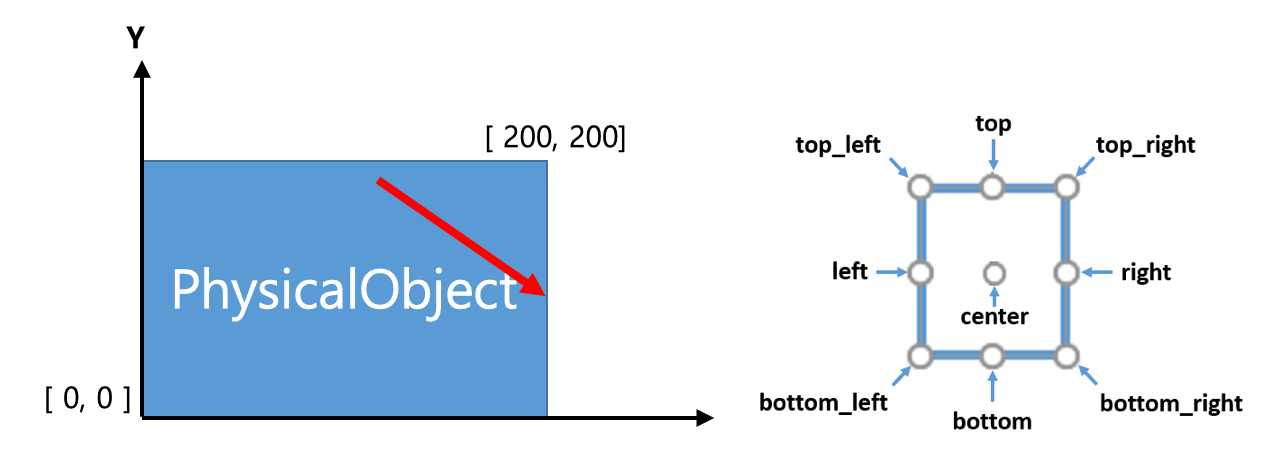
- Type:
- top = None#
The top-center coordinate of the object.
Example
>>> import laygo2 >>> obj = laygo2.object.physical.PhysicalObject(xy = [[0, 0], [200, 200]]) >>> obj.top array([100, 200])
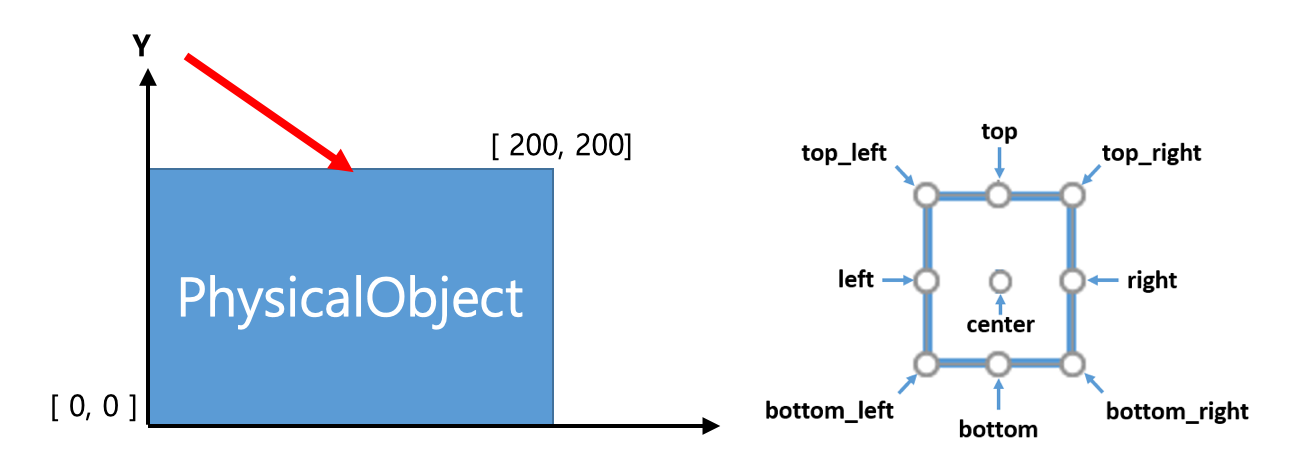
- Type:
- top_left = None#
The top-left coordinate of the object.
Example
>>> import laygo2 >>> obj = laygo2.object.physical.PhysicalObject(xy = [[0, 0], [200, 200]]) >>> obj.top_left array([ 0, 200])
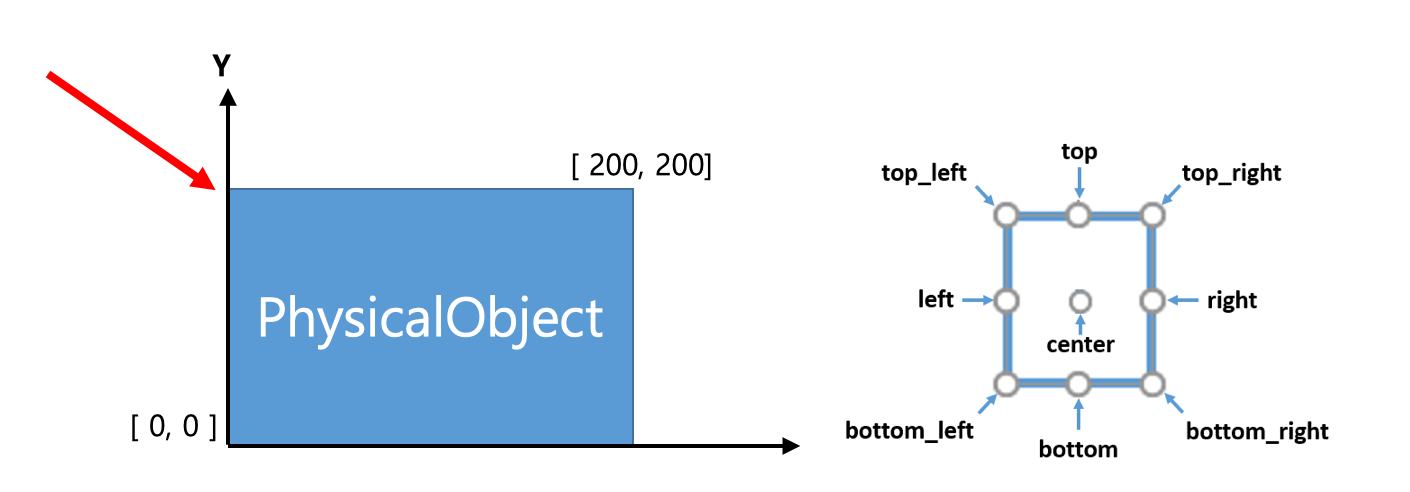
- Type:
- top_right = None#
The top-right coordinate of the object.
Example
>>> import laygo2 >>> obj = laygo2.object.physical.PhysicalObject(xy = [[0, 0], [200, 200]]) >>> obj.top_right array([200, 200])

- Type:
- width = None#
the width of the object.
Example
>>> import laygo2 >>> path0 = laygo2.object.physical.Path(xy=[[0, 0], [0, 100]], width=10, extension=5, layer=['M1', 'drawing'], netname='net0’) >>> path0.width 10
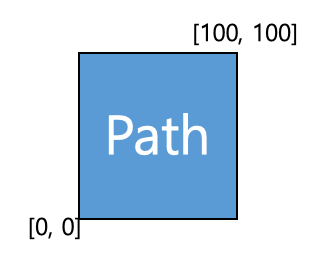
- Type:
- property xy#
Retrive x,y coordinate values of the object.
- Type:
numpy.ndarray(dtype=numpy.int)
